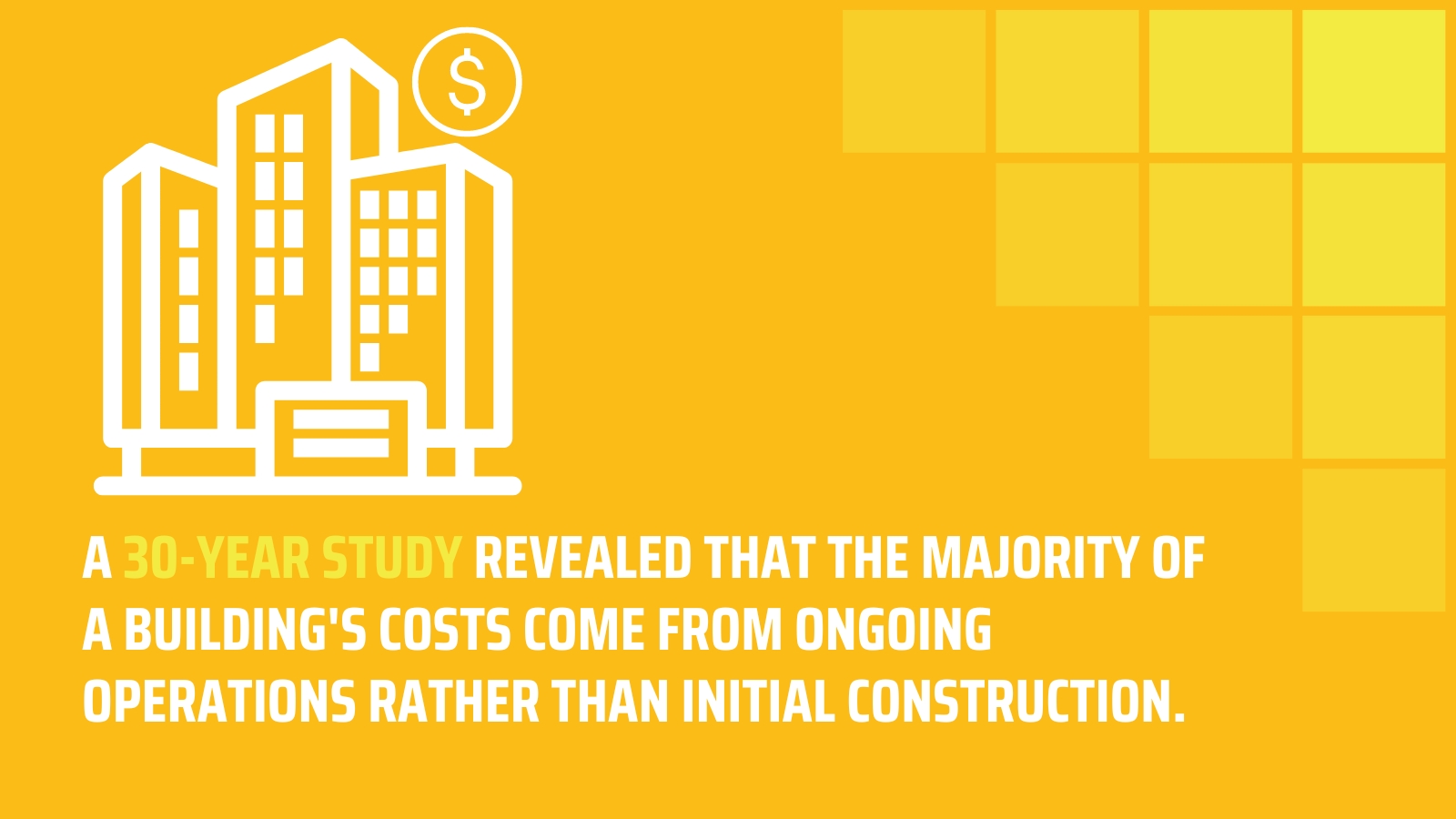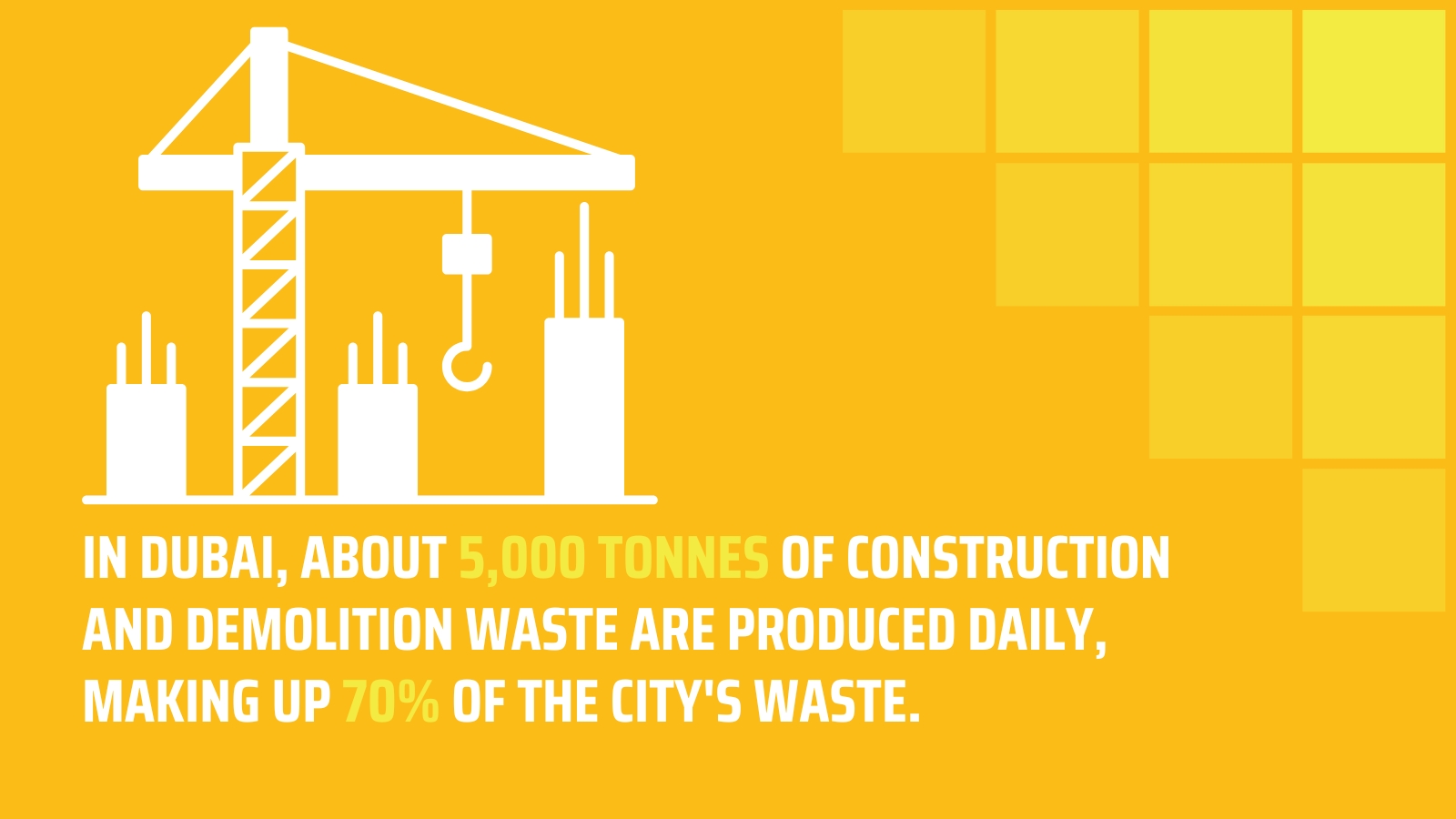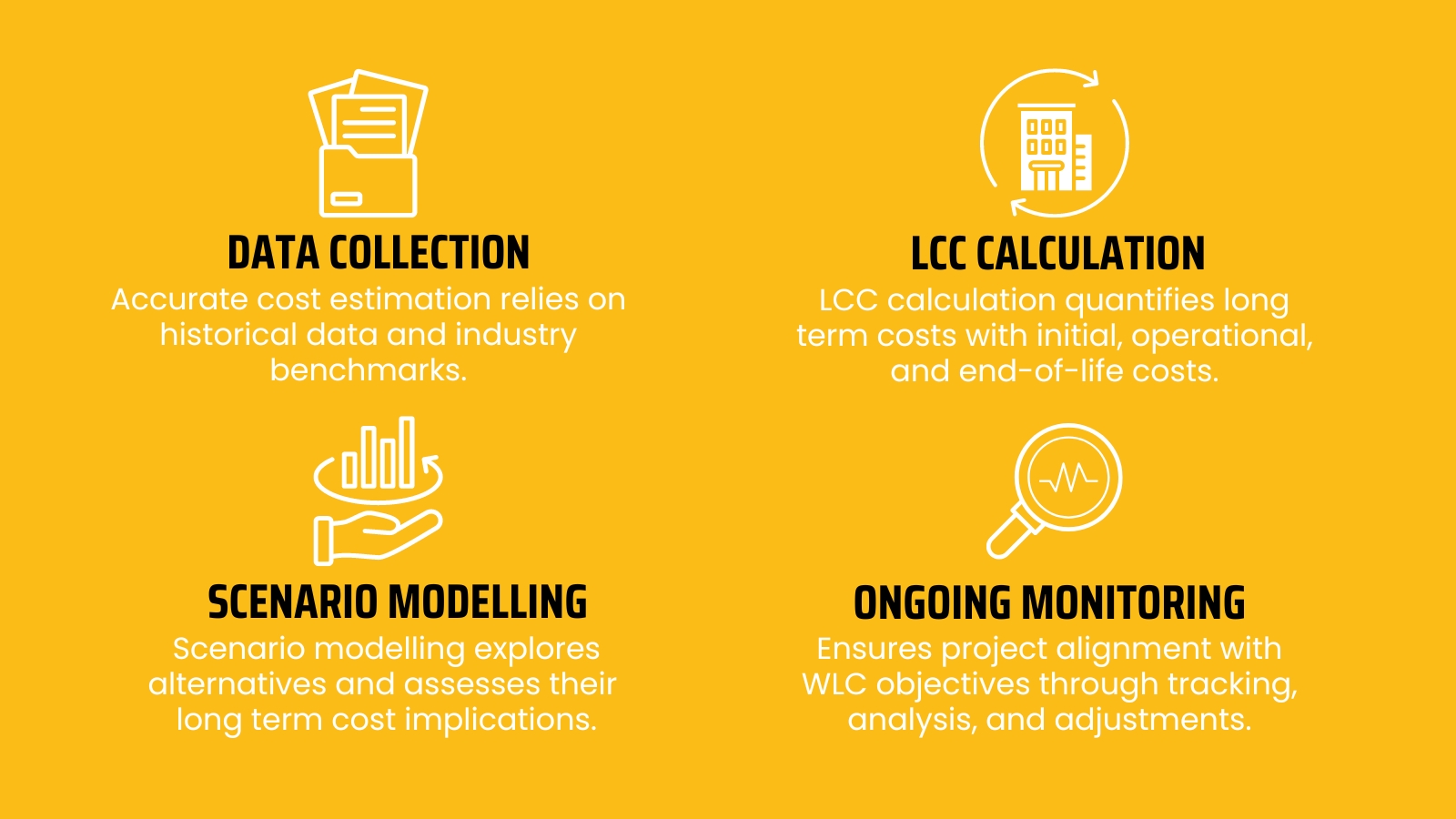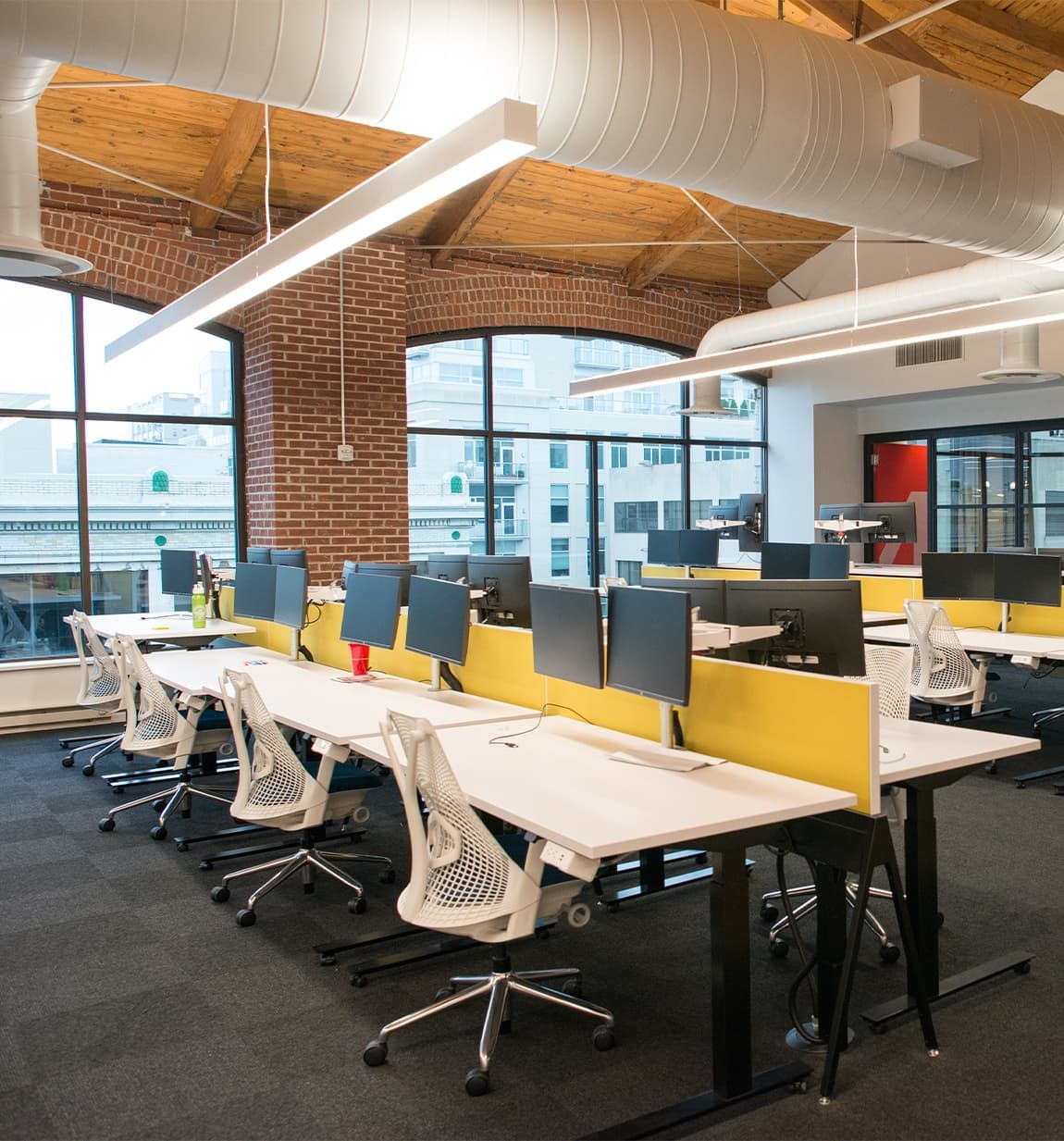In the construction industry, financial planning doesn't end with the initial capital investment. True cost efficiency arises from understanding the full financial picture of a project, spanning its entire lifespan. Whole Life Cycle Costing (WLCC) is a critical methodology evaluating the total cost of ownership of a building or infrastructure project, from initial design to eventual decommissioning.
This comprehensive approach is crucial for ensuring that construction projects are not only delivered within budget but continue to provide financial value throughout their operational life. In the UAE and beyond, companies specialising in whole life cycle cost analysis are increasingly sought after to help project owners manage costs more effectively.
What is Whole Life Cycle Costing in Construction?
Whole Life Cycle Costing (WLCC) provides a comprehensive framework for evaluating the total cost of ownership of construction projects. It moves beyond just the initial capital expenditures and focuses on the long-term financial implications of a project throughout its lifecycle.
In the construction industry, one of the most complex aspects of conducting a Life Cycle Cost Analysis (LCCA), or any economic evaluation, is determining the financial impact of various building designs and systems. The challenge lies in quantifying these impacts and translating them into clear monetary values that stakeholders can use for informed decision making.
These costs are typically broken down into four main categories:
1. Initial Costs
These are the upfront expenses involved in the planning, design, and construction of a project. For example, in constructing a commercial building, the initial costs would include fees for architectural design, engineering consultations, land acquisition, construction materials, and labour. A 30-year cost analysis of a typical building stated that initial design and construction costs account for just 2% of the total expenditure. In contrast, operations and maintenance make up 6%, while personnel costs dominate at 92%. This highlights the importance of considering long-term operational expenses when making design decisions. (Fuller, S., Sustainable Building Technical Manual, 1994).

While the initial investment might appear high, choosing more durable materials or energy-efficient technologies at this stage can reduce operational and maintenance costs later. For instance, opting for high-quality insulation may increase the initial build cost, but will result in lower energy bills over the building’s operational life.
2. Operational Costs
Once a building is operational, it incurs ongoing costs related to its daily functions. These include energy consumption, staffing, utilities, cleaning, and general upkeep. For example, a large shopping mall might have significant operational costs related to air conditioning, lighting, and security staff.
By considering WLCC during the planning stage, project owners can evaluate the long-term benefits of investing in energy-efficient systems. For instance, installing LED lighting and smart HVAC systems might require a higher initial expenditure, but would lead to considerable reductions in electricity usage and staffing requirements, saving money over the building’s lifespan.
3. Maintenance Costs
Over time, any building or infrastructure requires maintenance to ensure it remains functional and safe. This includes both routine maintenance, such as repainting or cleaning, and major repairs, such as replacing a roof or an HVAC system. For example, a high-rise residential building will need regular upkeep to avoid wear and tear that can affect tenants and property values. WLCC allows project stakeholders to anticipate these maintenance needs and budget, accordingly, ensuring that there are no surprise expenses that could impact the building’s operation.
For example, a whole life cycle cost analysis might reveal that while a cheaper lift system saves money upfront, a more durable system with lower maintenance requirements provides better value in the long run by avoiding frequent breakdowns and costly repairs.
4. End-of-Life Costs
Every construction project eventually reaches the end of its useful life, at which point decommissioning, demolition, and site restoration costs come into play. For example, the demolition of an old factory might involve significant costs not only to tear down the building but also to manage hazardous materials like asbestos and restore the site for future use.
WLCC takes these costs into account from the beginning, allowing project owners to plan for end-of-life expenses. In the life of a building, most of the waste is produced at its end-of-life. An article stated that Construction and demolition waste makes up 70% of the total solid waste generated in the UAE. In Dubai alone, nearly 5,000 tonnes of demolition waste are produced daily, representing approximately 70% of the city's overall daily solid waste.
For instance, using modular construction methods may allow parts of a building to be dismantled and reused elsewhere, reducing both the financial and environmental costs of decommissioning.

By analysing all these factors, whole life cycle assessment specialists help clients make more informed decisions about their projects. This optimisation ensures that while upfront investments may be higher, they often result in significant long-term savings.
What are the Benefits of Whole Life Cycle Costing in Construction?
- Strategic Investment Decisions: Whole life cycle costing equips decision-makers with the information needed to evaluate long-term savings. For instance, high-efficiency HVAC systems may be more expensive initially, but lower energy costs over its lifespan justify the higher upfront cost. Whole life cycle cost consultants play a pivotal role in identifying these opportunities for cost savings.
- Optimised Asset Management: Successful asset management in the construction industry involves detailed planning and maintenance strategies over the life of an asset. By implementing asset management whole life cycle costing, stakeholders can ensure that buildings are well-maintained, extending their operational lifespan and minimising costly repairs or early decommissioning.
- Enhanced Sustainability: WLCC is especially relevant in today’s construction environment, where sustainability is paramount. By considering environmental impacts, such as energy usage, water consumption, and carbon emissions, projects can achieve both financial and ecological benefits. An experienced whole life cycle assessment consultant can guide construction projects towards greener, more cost-efficient solutions. If you would like to learn more about global sustainable construction trends you can read our comprehensive report here.
How do you Implement Whole Life Cycle Costing in Construction Projects?

Incorporating whole life cycle costing into construction projects requires an expert-led, structured process. This is where a whole life cycle cost consultant becomes essential, offering guidance through each stage of the analysis, including:
Data Collection is crucial for accurate cost estimation. Historical data on materials, similar projects, and industry benchmarks are used to forecast future expenses. Factors such as economic indicators, material properties, and labour rates are considered too.
LCC Calculation involves quantifying the long-term financial impact of project decisions. This includes estimating initial costs, operational costs, and end-of-life costs. A discount rate is applied to reflect the time value of money and account for project risk.
Scenario Modelling allows stakeholders to explore different construction alternatives and assess their long-term cost implications. By evaluating material choices, design variations, and construction methods, decision-makers can identify the most cost-effective solutions.
Ongoing Monitoring is essential to ensure that the project continues to meet its WLC objectives. This involves tracking performance indicators, analysing costs, and making the necessary adjustments to the project’s operation or maintenance plan for the foreseeable future and even beyond.
Conclusion
Adopting a whole life cycle costing service is essential for maximising the long-term value of construction projects. This approach ensures that both initial and operational costs are considered, leading to more sustainable, financially sound decisions. Whole life cycle costing specialists offer critical insights that can help mitigate risk, optimise asset management, and ensure projects remain financially viable over their entire lifespan.
About us
At Stonehaven, we specialise in providing comprehensive whole life cycle costing services for construction projects in the UAE and across the region. Our expert consultants offer detailed life cycle assessments and in-depth cost analysis, ensuring that your projects benefit from both immediate and long-term savings.
As a trusted whole life cycle assessment specialist in the construction industry, we help clients manage their projects more effectively, from planning and design through to maintenance and decommissioning. Whether you're looking for a whole life cycle cost consultant to guide your project or need comprehensive cost calculations for long-term success, Stonehaven is here to assist.
Contact us today to learn more about how our construction whole life cycle costing services can help optimise your next project.








